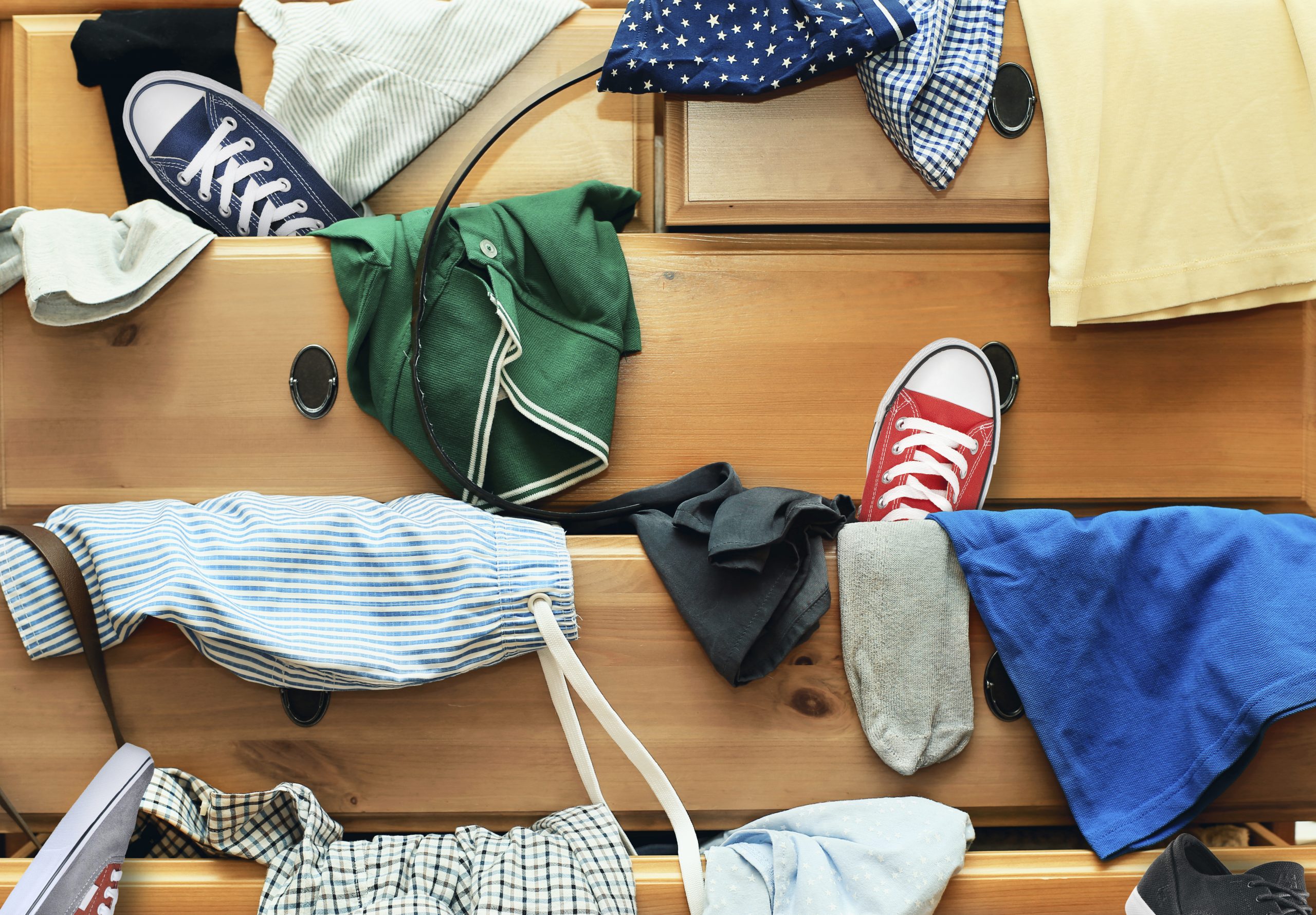
1 – Real Deal Easter eggs
Easter eggs don’t have to be all about chocolate! Making your own eggs and decorating them yourself can be equally as fun. This is a great activity to do in the lead-up to the Easter long weekend. Set yourself up with a few basic craft supplies and a bundle of fresh eggs and your kids will love the experience of it.
Here’s what you will need:
- 4-5 fresh eggs (keep in mind, you may lose a fewJ)
- Large sewing needle
- Thin straw or plastic syringe
- Craft supplies for decoration: paint, glue, sparkles etc
- Note: if you are making a large quantity of home-made eggs, it might be worth investing in a professional egg-blower. This can be purchased for roughly $20.00 on ebay.com
Directions:
Start by piercing two holes – one at the top, the other at the bottom of the egg – using the large sewing needle. Dip the needle into the egg to break up the yolk, then place the straw through one end and blow out the contents. You can also use a syringe or a professional egg-blower to save time. Follow by adding water and rinsing out any remaining contents.
Next, decorate your eggs! Use a combination of paint, glue and sparkles to make any assortment of beautifully crafted home-made designs.
2- An Easter Nest
With all these beautiful eggs, you will need a place to store them. A nest is a great project for young kids – it can be collated from various objects you find in your backgarden or local park. Start by using a plain cardboard or plastic box (this can be an old cereal packet, a yoghurt container or even the flat top of an egg carton), then collect together some twigs, leaves, feathers and craft glue. Stick the twigs onto the box using glue, then add the feathers and leaves on top. This is a beautiful way to present home-made eggs as a gift.
3 – Stained-Glass windows in the spirit of Easter
Easter stories and traditions can be told through pictures as well as books. Try making your own stain-glass windows using cellophane and cardboard, the end result can be quite spectacular… even if you are using basic shapes and colours with younger children.
What you will need:
- Cardboard
- Cellophane
- Scissors
- Glue
- String
Directions:
Start by cutting out shapes in the cardboard – it can be any type of geometric pattern; eggs, bunnies, or even some basic squares and triangles. Stick the cellophane on the back of the cardboard using scissors and glue, then hang the cardboard from the top of a light-facing window.
4. An Easter-tree
Easter trees are a beautiful way to display your eggs and Easter cards from the holiday season. Collect some large branches from your back garden or local park and place them in a large and sturdy vase.
Use some brightly-coloured wool or thick string or twine to join together the branches and keep it firmly grounded in the vase.
From the tree you can hang your eggs, cards and any other decorations that you have collected over the Easter holidays.
5. An Easter treasure hunt
One of the best ways to create excitement over the Easter long weekend is a traditional Easter hunt. But instead of chocolate and treats, try to focus on old-fashioned clues, tips, maps and some tiny, non-edible treats. Use your Easter-tree as a starting point, then layer clues around the house. The kids will love the problem-solving nature of the hunt, and it can be a talking point for weeks to come.








